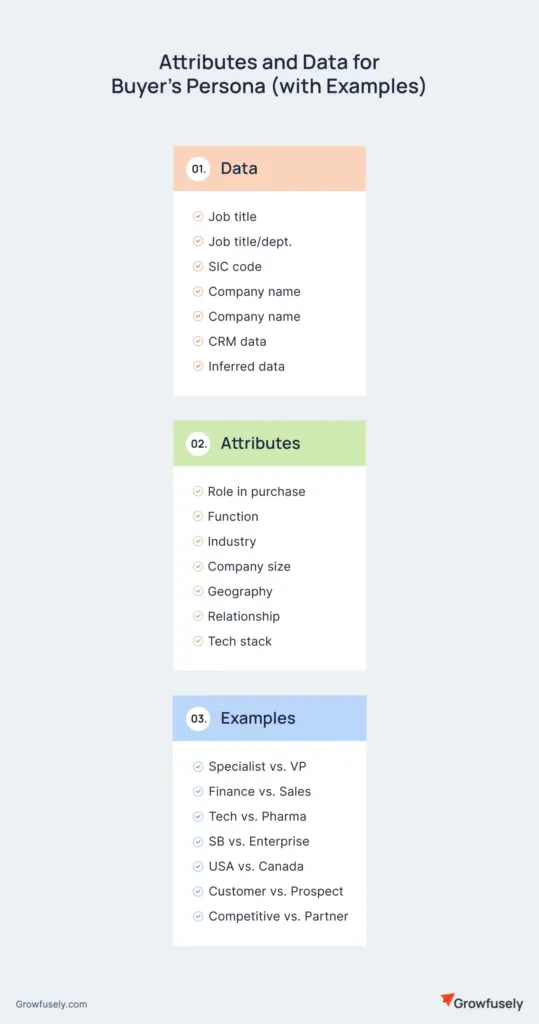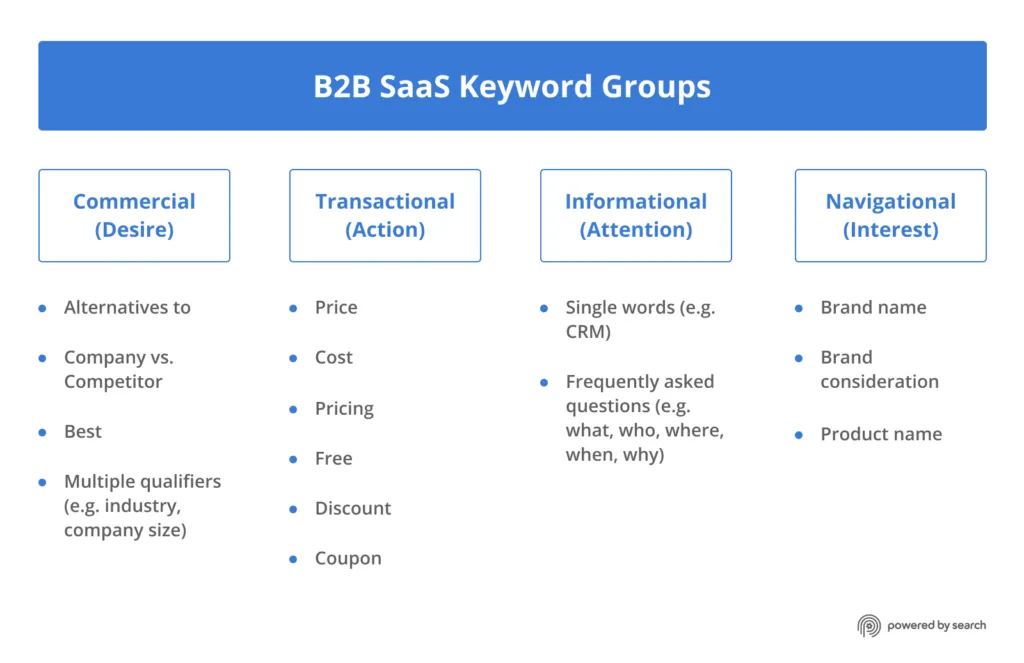Essential PPC Tips for Growing SaaS & Startup Businesses

PPC (Pay-Per-Click) advertising for your SaaS business would be your best option to differentiate your market and improve visibility. This model will offer a low-budget precise targeting of the audience through real-time changes in campaigns, thus giving a SaaS company control over the granularity of ad spend and conversion goals. With strategic components like ad copy, cost per click, and PPC optimization, you'll really be able to turn up your SaaS marketing and drive leads and nurture essential conversions within the cloud-based software industry.
Knowing the rudiment of PPC is very helpful, but managing one's way within the PPC landscape is very different. Great SaaS PPC campaigns involve extensive keyword research, ad copywriting, finding the best ways to optimize landing pages, and how to conduct retargeting efforts to enhance conversion rates.
Common PPC Mistakes SaaS Companies Make
1. Keyword Research and Management Errors
- Neglect of existing data. Most SaaS companies overlook data they already have, which might just be the best to inform their keyword strategies.
- Neglecting competitor insights. The fact that competitors' PPC strategies cannot be analyzed and learned from is an opportunity lost for better optimization.
- Misjudging Keyword Value. Assuming always that the keywords with high search volume are always best and most beneficial could lead to inefficient spending and targeting.
- Neglecting Niche Keywords. Keywords that have relatively small volumes, but high conversion potential, are mostly ignored.
2. Budget and Economic Misfit
- Deemphasizing SaaS Unit Economics. Without considering the critical financial metrics of customer acquisition cost and lifetime value, you might set unrealistic PPC budgets.
3. Conversion Tracking and Funnel Optimization
- Incomplete Conversion Tracking. Not tracking online and offline conversions yields incomplete information.
- Ignoring Full-Funnel Strategy. An acute focus on top-of-the-funnel activities can ignore some critically engaging middle and bottom-funnel activities.
4. Cost Management and Optimization
- Forgetting CPA and ROAS. Ignoring these metrics can turn around the entire financial health of your PPC campaigns.
- Underinvestment in CRO. Poor investment in conversion rate optimization actually lowers the potential for success in PPC campaigns by failing to maximize conversion opportunities.
5. Strategic Misfits
- Sales and Marketing Misalignment. It leads to inefficient ad spends and wasted opportunities for conversion.
- Not Following Best Practices. Not implementing best practices for SaaS PPC, such as tailored ads, competitive bidding, or effective retargeting, may damage the performance of the campaign.
6. Technical omissions
- Overlooking Negative Keywords. This ends in wasteful spending on irrelevant searches, lowering the effectiveness of the campaign.
- Inadequate Mobile Optimization. Failing to optimize for mobile can decrease user engagement and ad performance.
7. Campaign Management Flaws
- Set and Forget Mentality. PPC campaigns, if not optimized regularly, will just become less effective over time.
- No Dedicated Landing Pages. This is one of the common pitfalls that can greatly reduce the conversion potential.
All of these common mistakes make for a better utilization of PPC efforts for SaaS businesses, better control of budget, better conversions, and finally, a better online presence.
Description of your Target Audience and Buyer Persona
Knowing who your audience is will give you a better ability to target them and tailor your SaaS PPC campaigns accurately. Here's how to define your target audience and create a buyer persona step by step:
1. Identify Your Ideal Customer Profile (ICP)
Let's start by defining the Ideal Customer Profile, so that you are aware of the level of awareness and the marketing goal your prospects are aiming at.
2. Get to know your audience completely
Conduct deep research to gather the data required on the target audience, including questions related to firmographics, demographics, and technographics, and find pinpoint important characteristics of your buyer personas for a B2B SaaS.

Image source: Growfusely.com
3. Create Detailed Buyer Personas
Create buyer personas by interviewing customers and collecting relevant information to understand their motivations, concerns, and patterns of purchase.
4. Find Customer Journeys
Use the information in the buyer persona to come up with a customer journey map. This is an outline of how your product will help solve problems of the personas through their conversion path.
5. Segment Your Audience
Your landing page audiences would be decision-makers and everyday users, with different needs from the organization.
6. Associate Persona with KPI
It relates your buyer personas to your key performance indicators for the measurement of PPC effectiveness and any required changes.
7. Refine
Continuously refine and update buyer personas through feedback and data coming in from running campaigns.
This way, your SaaS PPC campaigns will be well-targeted and lead to better product development, customer service, and conversion rates.
Keyword Research and Usage
5-Step Keyword Research Process for SaaS PPC:
1. Sales and Customer Success Learnings. Pull them directly from your sales and customer success teams to know the keywords your potential customers are using in their buying journey.
2. Analyze Existing Data. Review your existing data sourced from organic searches, paid campaigns, and content management systems to find out which keywords will better work for your business.
3. Use Keyword Tools. It is validated using tools like the Google Keyword Planner, and you can always discover further new and relevant search terms.
4. Keyword Competition Analysis. Carry out deep keyword strategy analysis from your competitors to fill the gaps with keywords in your lists.
5. Auto-Suggest from Google. Use Google's autosuggest feature and scan customer reviews for even more keyword ideas that will help in painting a realistic query from a user's side and concerns.
Organizing and Optimizing Keywords
- Keyword Grouping. Categorize your keywords based on either user intent similarity, funnel stages, or content type for more targeted PPC campaigns.

- Match Types. Choose from broad, phrase, or exact match types to control how closely the keyword should match the user's search query.
- Negative Keywords. Use them to block your ads from showing in irrelevant searches. Therefore, this increases the focus and cost-efficiency of your campaign.
Monitoring and Adjusting Keywords
- Quality Score Monitoring. One needs to regularly monitor Quality Score within Google Ads, simply to understand the relevance that exists between the keywords and landing pages for a user's search.
- Dynamic Keyword Tracking. Track your keywords in real time and optimize them using performance analytics to drive higher efficacy into your PPC campaigns.
- Long-Tail Keywords. Use long-tail keywords to target more specific audiences who are more likely to bring a high conversion rate.
This overall guide to keyword research and its use will drastically improve how effective your SaaS PPC campaigns can become, not just cost-effective but target-driven campaigns.
The Role of Landing Pages in PPC Success
Why the Conversion Window Needs to Be Adjusted
You should consider this period of conversion in Google Ads, together with the usual average sales cycle of typical SaaS products. This aligns landing pages and PPC campaigns with the time of the customer's decision and increases the probability of conversion.
Make landing pages more human
This would mean that the PPC landing pages for the SaaS should all contain an offer which is benefit focused and be UI and UX consistent with the product website to ensure optimum user engagement and improved conversion.
On the Goals of the Landing Page and Its Prospects
Landing page's primary function in a PPC campaign is to gently push the visitor toward the target action without the distraction of too many options or information. Good landing pages guide users smoothly towards the goal of conversion.
Understanding visitor behavior
Find out how the visitors are engaging with the landing page and their time to conversion. Such information can largely shape the design and feature of the landing page in serving the customers better.
Content and Design Elements
- Copy and Pain Points. Use good copy to address and alleviate the pain points of the visitor, accentuating ease of use, and the value that your SaaS product brings.
- Imagery. Use imagery that may simplify complexity in processes, make the solution understandable to users.
- Dynamic Features. Leverage built-in components such as comparison tables, FAQs, sticky navigation, and more to make sure you are interacting with users and putting the necessary information right at their fingertips.
- Personalization. Use dynamic text for personalization to increase message match, resulting in better performance and lower costs.
Live Testing and Continuous Optimization
Remember to test and optimize landing pages frequently. Use tools like Heat Mapping to understand user behavior and, hence, improve strategies toward the increased landing page effectiveness.
Make websites user friendly through mobile optimization
With all this web traffic coming from mobile, it is not acceptable to have landing pages that do not care about mobile. Ensuring your landing pages work well on mobile means a lot in making outreach to as many people as possible and boosting user engagement.
Improved Relevancy and Quality Score
Close message and keywords, and match closely with the landing page to the PPC ad, and that will increase the Quality Score and reduce advertising costs, which will translate to increased performance of the ads.
Hosting and Infrastructure
This will ensure that in the end, there is no risk of downtime that could have had potential leads lost and user engagement flowing ceaselessly.
By dealing with these critical elements, SaaS businesses design landing pages that attract visitors and convert them into clients with a very good result, hence PPC can best be put to use for the maximum possible ROI.
Retargeting and its Impact on SaaS PPC
Retargeting is one of the prime techniques in SaaS PPC. It is an online advertising method that helps to re-engage users with your brand after the users have come in touch with it but have not been converted yet. This becomes immensely important for B2B SaaS companies because of the long sales cycles. Tracking should be done from the initial touchpoint until the final conversion using Offline Conversion Tracking (OCT).
Key Benefits and Challenges
- Higher Conversion Rates. Because retargeting is targeting people who have already shown some level of interest, it means that the rate of converting leads will be much higher.
- Build Brand Credibility. Exposure of the brand time and again to potential customers creates a recall, which will eventually build up the credibility of the brand.
- Cost-effectiveness. Even though it might bear some cost at the initial stage, with an incrementally targeted ad-spending potential that can be measured as return on investment, retargeting should pay off.
Development of implementation strategies in retargeting
- Review the various retargeting platforms. Google Ads, YouTube, and Bing, and find which one works best for your unique audience.
- Offer and Content Optimization. Develop interesting content of value that would increase the likelihood of conversion upon re-engagement.
- Continuous monitoring and data analysis with regular campaign adjustment makes the process of targeting strategy fine-tuning and optimization iterative.
FAQ
1. Can PPC campaigns support my SEO efforts?
That's true. With the help of PPC campaigns, you can get more brand exposure on the search engine results pages for the same sets of target keywords for which one is trying hard to get on the top in organic results. Through PPC ads, your brand appears right at the top of SERPs, effectively bypassing the line of organic listings.
2. How does PPC benefit business growth?
PPC can provide instant exposure to your brand, targeted exposure to your customers, and measurable results. The key difference from traditional advertising, however, is the ability to quickly adjust PPC campaigns for better results, something most businesses find necessary to remain flexible and competitive online.
3. How do I optimize my PPC campaigns for better conversions?
Here are a few ways you can optimize PPC campaigns:
- Highlight the most effective keywords for your campaign.
- Think value with your PPC ads.
- Try to use more long-tail keywords to really zone in.
- Try to target both new prospects and returning customers.
- Add a clear call to action that prompts user engagement.
Takeaways
We've shared several strategic considerations in the creation, fine-tuning, and implementation of the SaaS PPC strategy. All these lead toward optimization, independent of the process involved in the management of campaigns. The efforts made are important not only for effective lead generation, but also to further positive and long-lasting customer relationships and to firm up a position in the market.
We've provided an overview of such essential tasks as keyword research, optimizing landing pages, and retargeting. Now your strategy for success in SaaS PPC has hopefully became clearer. We hope you and your team can employ these strategies with insight.
Want to know how to craft a PPC strategy that's in leagues of its own? Get in touch with us for your custom SaaS PPC Strategy.










.png)

